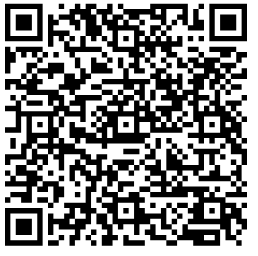Robotics for Good Youth Challenge India 2025
The Robotics for Good Youth Challenge India is the prestigious Read More »
The Robotics for Good Youth Challenge India is the prestigious Read More »
Back Robotics for Good Youth Challenge India 2024 Youth Challenge Read More »
MZ-122, IIT Delhi, Hauz Khas,
New Delhi-110016 India
IHFC, 2-A-1A, 2nd floor, R&I Park (IIT Delhi),
Entry Gate No. 3, Hauz Khas, New Delhi – 110016
07AAFCI6629H1ZE

Scan the QR code to complete your training/workshop payment
© Copyright IHFC 2024 All Rights Reserved.
Designed & Developed by eClerx